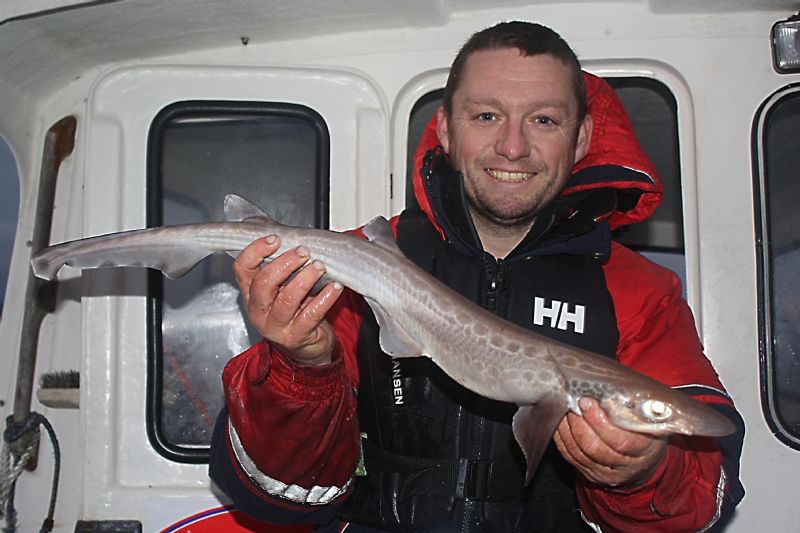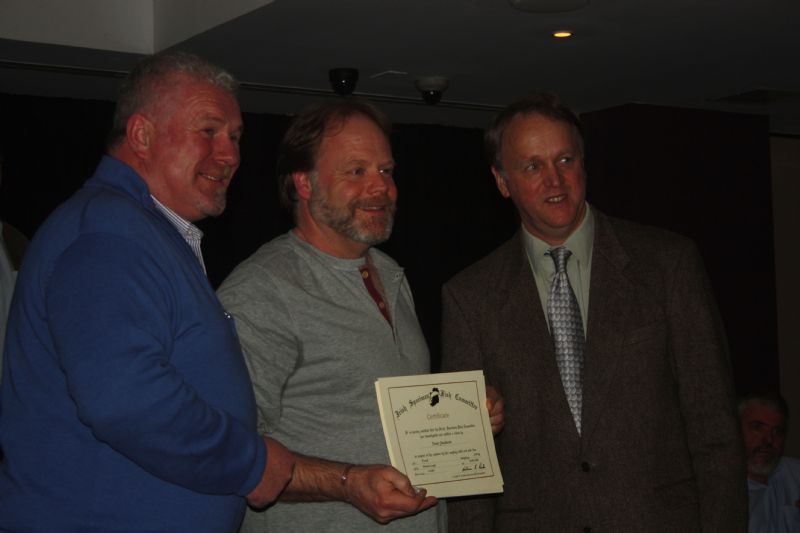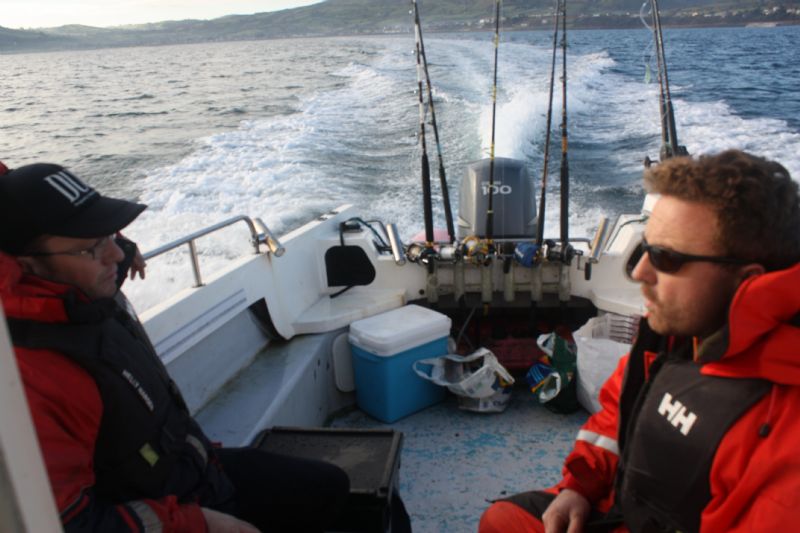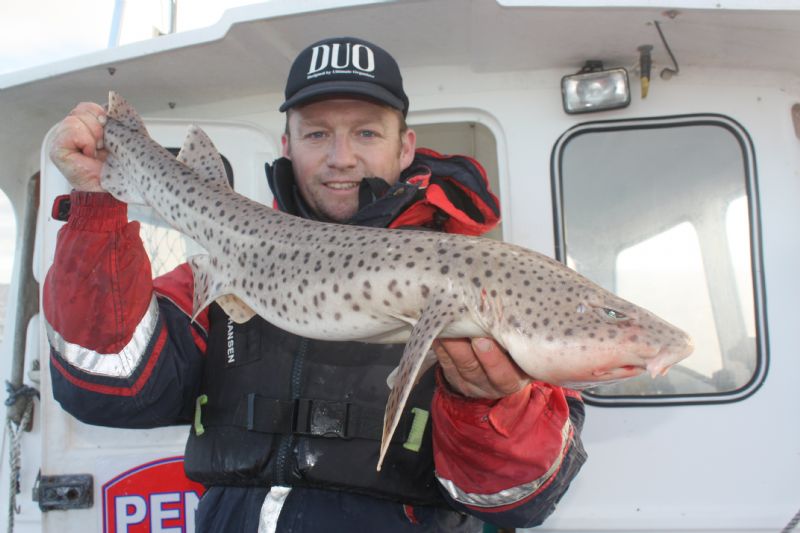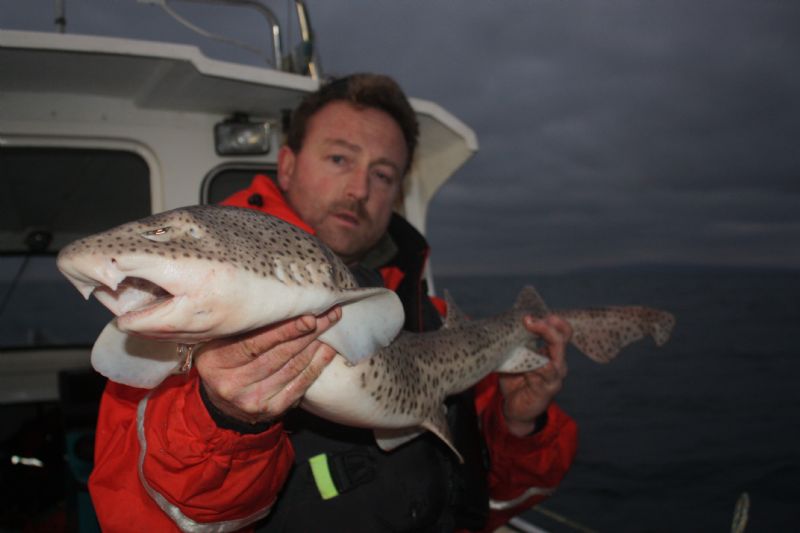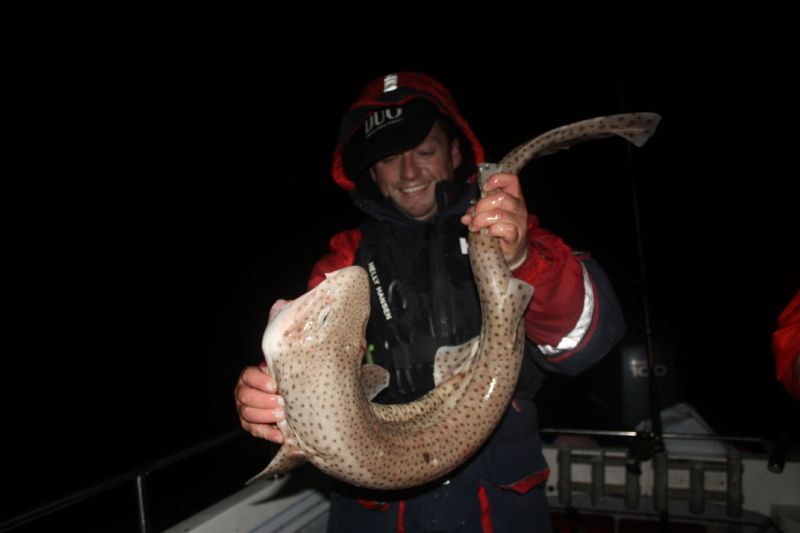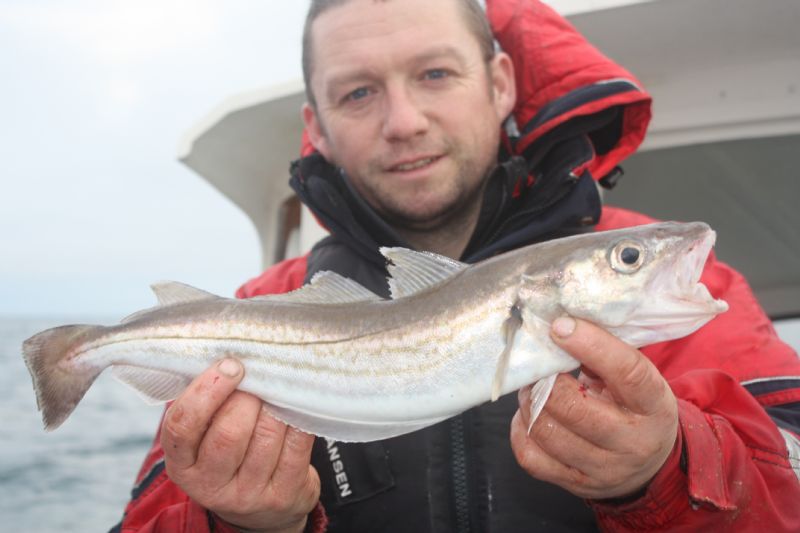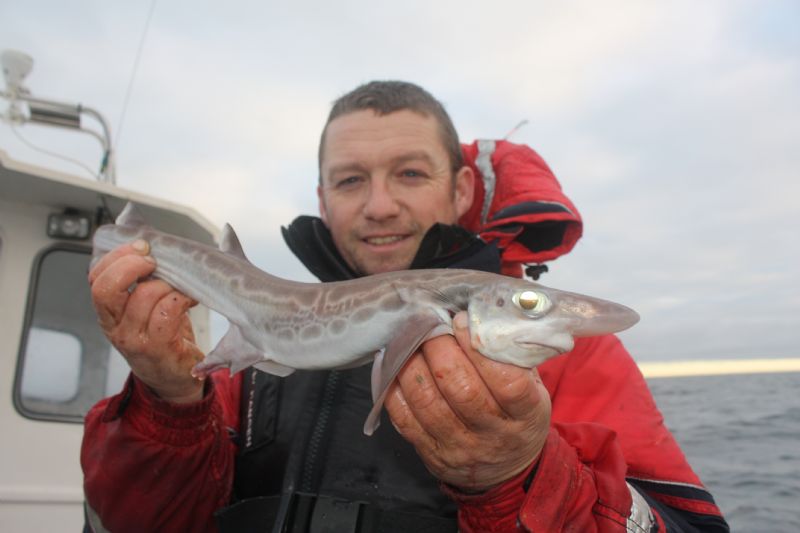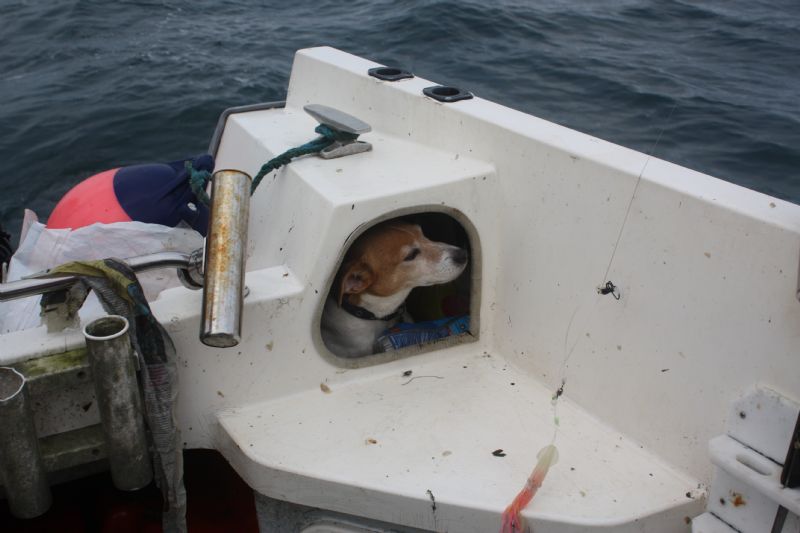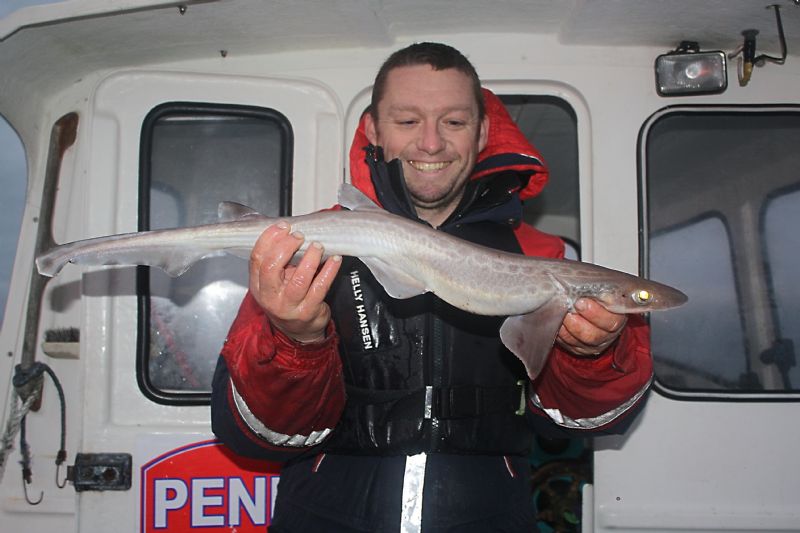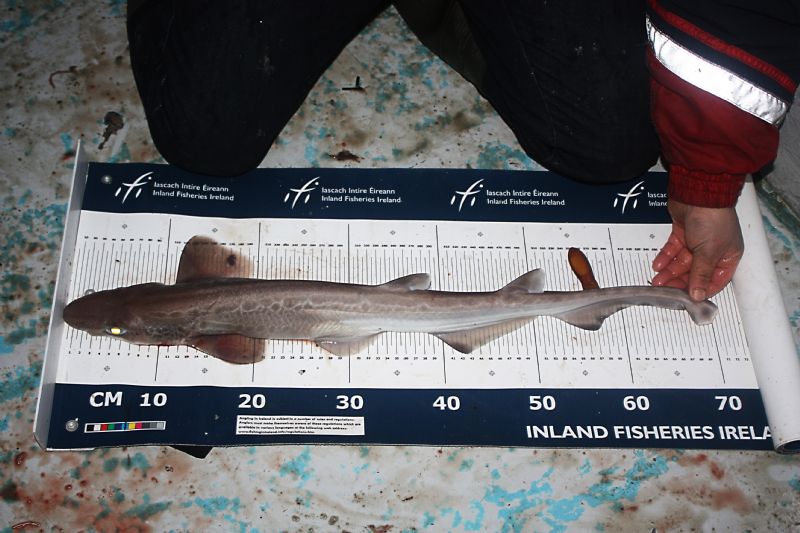The art of specimen hunting
The art of specimen hunting
There are many different disciplines in angling.
In and around the island of Ireland, and I am generalising here, these boil down to game, coarse and sea.
Of course, these can be broken down further into Salmon, Sea Trout, Brown Trout and Rainbow Trout in the game category, an impressive variety of freshwater species in the course section with dedicated anglers concentrating on particular quarries such as Pike, Carp, Bream etc., and finally the salt-water contingent, including shore angling, inshore boat angling and offshore deep-water angling along with hunting trophy fish such as Sharks or Tuna.
So as you can see from this much-shortened list, there is a vast array of species to target in Ireland alone. There is however, another category that has grown and developed over many years and that is the specimen hunter, and again, this group of anglers can be sub-divided many times. Some dedicate their time to one species, many target as many as possible. I remember at an angling show a couple of years ago, I was asked what type of fishing I prefer. I stated that I spend most of my time hunting specimen fish. "Ah, so you're a badge collector" he replied. Momentos are nice, but specimen hunting is a great deal more fulfilling and improtant than that!
The awards ceremony is great fun, but recording specimens is far more important than keepsakes
There are the secretive anglers that target specimens, weigh, photograph and release and are happy in the knowledge that they have achieved their challenge. For them, there is no need to disclose or advertise the details. Others will go through the data gathering process, having landed a fish of a life-time, logging accurate details and submitting it to the Irish Specimen Fish Committee for historic records. I still live with the hope that these important records will go some way into developing a sustainable strategy for our fish populations, although I do have my doubts!
For some anglers, a specimen fish is a lucky catch, for others it is the result of hard work, time, effort and research. But for all, landing that fish of a life-time is a memorable and rewarding achievement, one that lives long in the angling memory banks.
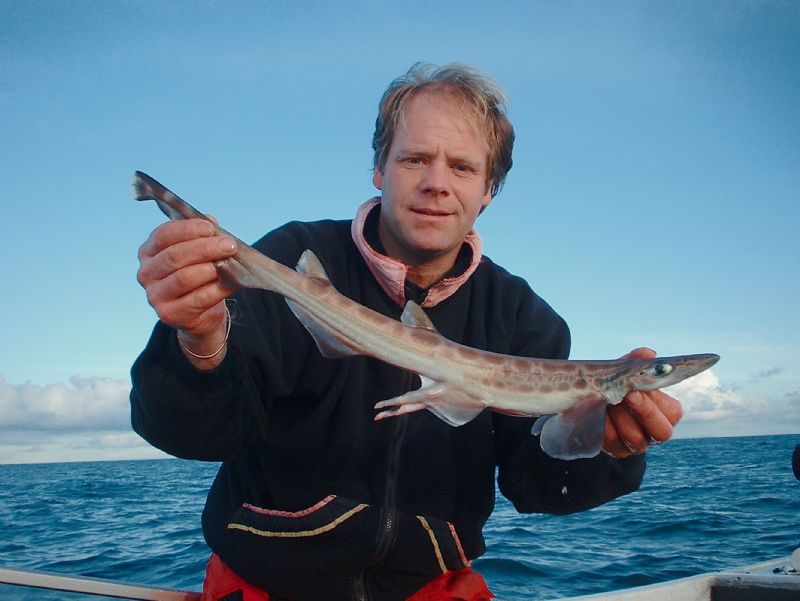
As far as I'm aware, this was the first Black Mouth Dogfish to be recorded with the ISFC
One such example of this dedication, time, effort, and of course money required to be a consistent specimen catcher took place last weekend. Sidney Kennedy and Ross Macklin, two long-time angling mates of mine from Cork travelled north to my neck-of-the-woods in search of a new species to target. They have accumulated an enviable list of specimen fish between them, but have never had the opportunity to target a small, deep-water cat-shark that’s close to my heart, and one I have a great deal of experience in targeting. Both lads have helped me to fulfil many specimen challenges, and I love to return the favour whenever possible.
The Black-Mouthed Dogfish is a relatively recent entry on the targetable species list after I first caught one in the deep off-shore waters of the Antrim Coast. They are delicate and pretty, with emerald green eyes and Boa Constrictor markings along the flanks, and indeed, as the name suggests, the inside of the mouth is dark, sometimes black. They rarely grow much over a kilo in weight and have no fighting capabilities, but are an interesting and endearing novelty to target none-the-less.
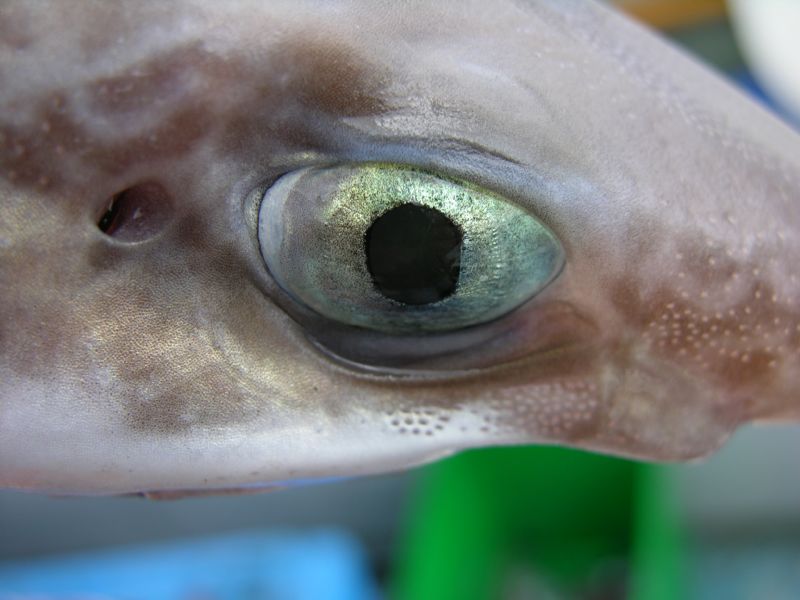
Endearing and interesting species
Having arrived at my house late in the evening after a five hour drive, we chatted over a welcome meal and mugs of tea regarding the plans and tackle required to make their trip a success. A good night’s sleep and early start had us at the harbour and raring to go. The light winds assured to us by all the main weather stations was, as usual, not quite accurate, and northerly breezes would make our trip uncomfortable….but hopefully not impossible.
Heading out to the first deep-water mark
We ventured out over the deep-water marks and dropped anchor. Bang on the under-water feature that has produced so well in the past, it was now up to our abilities and Mother Nature to be kind. I know we did everything correctly, but unfortunately Mother Nature had other designs. She sent us Dogfish, the standard lesser spotted variety, and not in one’s or two’s but in hundreds. Marauding packs, like locusts, greedily devouring whatever bait we dropped to the sea-bed!
No Black mouths, but this Huss for Ross was a welcome change from the relentless dogfish
I knew this would not end well. Our only hope was that a large predator, typically Skate shaped, would enter the arena and disperse the annoyance, but not to be. Dogs, sometimes three a drop, even with only two hooks on the rig, would impale themselves relentlessly. We fished until nightfall with no let-up.
Sid finds some Huss action
A last-ditch move to another mark for a short night session was called for. This has produced decent Cod, Cuckoo Ray, Conger and Spurdog in the past, but for now, anything other than Lesser Spotted Doggies would be a god-send.
At anchor once again, and Dogs showed, but thankfully, in manageable numbers. Interspersed with decent Bull Huss and Conger, it soon became an enjoyable session, including a bonus Black Mouth Dogfish for me, my first ever from this shallower inshore mark. Back at the harbour, and after a welcome visit to the chippy, we chatted about the second day ahead. Going back out over those dogfish was not an option, they were in plague proportions and we couldn’t face a repeat performance.
This male Huss was camera shy!
Decision made! We packed away the gear and trailed the boat further south to another hot-spot and bivvied up in the harbour. The following morning greeted us with a fresher breeze, what happened to these light winds promised to us? It was dangerous to risk venturing outside the harbour, but worth hanging on a while longer to see how it developed. By midday, the tidal flow had eased and so had the anger in the sea. This would be our last shot at the target species for this adventure.
Sizeable Whiting, once common, now a rare sight on the north coast
Once the anchor settled, we soon found our ever-present Dogfish, but thankfully, in normal numbers. Similar to the night session, the occasional Bull Huss and small Conger added some spice, and Ross soon landed his first ever Black Mouth, a small male, photographed and carefully released.
A small male Black Mouth Cat-shark, a new species for Ross
As the tide eased towards low water, I was convinced a Skate would save the day. A decent pull on the Skate rod looked promising, but nothing developed. On inspection, my 250lb nylon hook link had been cut with ease….not again! Frustrating.
"Skips" had enough and discovered a new hidey hole
As we chatted about calling an end to the adventure, Ross swung a sizeable Black Mouth over the gunnels that easily hit the one kilo specimen target. Job done and his beaming smile spoke volumes! For Ross, considering the time, effort and money spent, this was the icing on the cake. Although Sid failed to hit the target, this is the essence of dedicated specimen hunting. Without doubt, when conditions suit, he will return, and return again until he achieves the challenge and ticks the box, as he has done on so many previous occasions.
Ross' smile says it all, hard work, time, money and effort (and a good skipper!) pays dividends
Note the egg case on the mat
Hopefully this gives you an insight into a tiny piece of what it takes to track down and target, land, photograph and release some of Ireland’s fantastic and interesting species that are currently available. Sadly, the way commercial netting and long-lining is proceeding, these wonderful species and their habitats will not exist for younger generations to explore!




